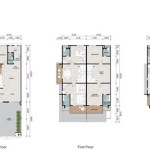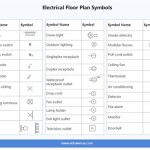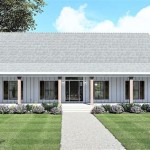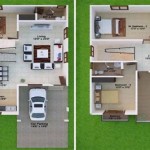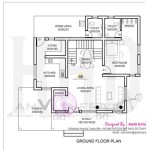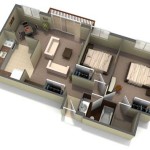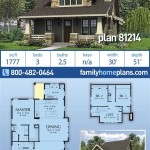Essential Aspects of Hillside Sloping Lot House Plans
Designing and building a home on a hillside sloping lot presents unique challenges and opportunities. To ensure a successful project, it's crucial to consider the following essential aspects when creating hillside sloping lot house plans:
1. Site Assessment and Engineering
Thoroughly evaluate the slope of the land, soil conditions, drainage patterns, and potential hazards, such as erosion or landslides. Engage a qualified engineer to conduct a geotechnical study and provide recommendations for foundation, retaining walls, and drainage systems.
2. Foundation Design
Choose a foundation system suitable for the slope and soil conditions. Common options include: hillside pile foundations, stepped foundations, and engineered fill. Ensure the foundation is designed to withstand lateral forces and prevent settling or sliding.
3. Retaining Walls
Retaining walls are often necessary to stabilize slopes, prevent erosion, and create usable outdoor spaces. Select materials and designs that complement the house and withstand the elements. Consider using natural stone, concrete blocks, or timber.
4. Drainage System
Proper drainage is crucial to prevent water accumulation and potential damage to the foundation and landscaping. Install downspouts, gutters, and drainage channels to direct water away from the house and slope. Consider underground drainage pipes or French drains for subsurface water.
5. Access and Circulation
Plan for convenient access to the house and outdoor areas. Design driveways, walkways, and stairs with appropriate slopes and safety features. Consider the use of ramps or elevators for increased accessibility.
6. Energy Efficiency and Sustainability
Take advantage of the slope to implement passive solar design principles. Orient the house to maximize natural light and reduce heating and cooling costs. Utilize skylights, solar panels, and energy-efficient technologies to create a sustainable and comfortable home.
7. Landscaping and Hardscaping
The landscaping and hardscaping play a vital role in enhancing the aesthetic appeal and functionality of the hillside. Choose native plants that can tolerate the slope and climate. Incorporate terraces, patios, and decks to create usable outdoor spaces while minimizing soil erosion.
8. Zonal Planning
Divide the hillside into functional zones based on slope, sunlight, and proximity to the house. Designate areas for living spaces, outdoor activities, and storage to optimize space and create a harmonious flow.
9. Architectural Style
Select an architectural style that complements the sloping terrain and surrounding environment. Consider modern, contemporary, or vernacular designs that incorporate natural materials and blend seamlessly with the landscape.
10. Structural Engineering
Ensure the structural integrity of the house by engaging a licensed structural engineer. They will calculate loads, design framing systems, and provide specifications for materials and construction techniques to ensure the safety and stability of the structure.
By carefully considering these essential aspects, you can create hillside sloping lot house plans that not only meet your functional needs but also enhance your living experience while preserving the unique characteristics and beauty of the natural surroundings.
Plan 51696 Traditional Hillside Home With 1736 Sq Ft 3 Be

House Plans For A Sloped Lot Dfd Blog

Sloped Lot House Plans With Walkout Basements At Dream Home Source Unique Modern Architecture

A Guide To Sloping Lot House Plans

Sloping Lot House Plans Hillside Daylight Basements Plan Craftsman Basement

Hillside House Plans Home Floor And Designs

Best Simple Sloped Lot House Plans And Hillside Cottage

Sloped Lot House Plans Down Slope The Designers
Fourplans Hillside Havens By Don Gardner Builder

Hillside House Plans For A Rustic 3 Bedroom Mountain Home

